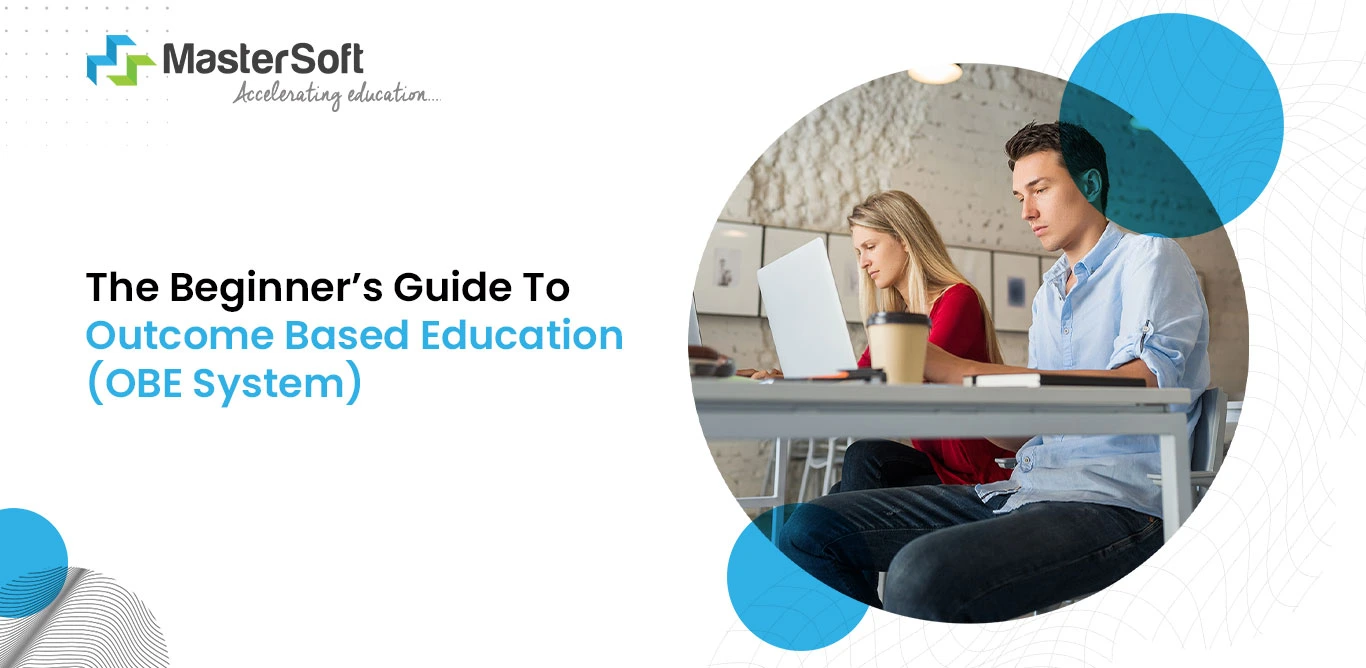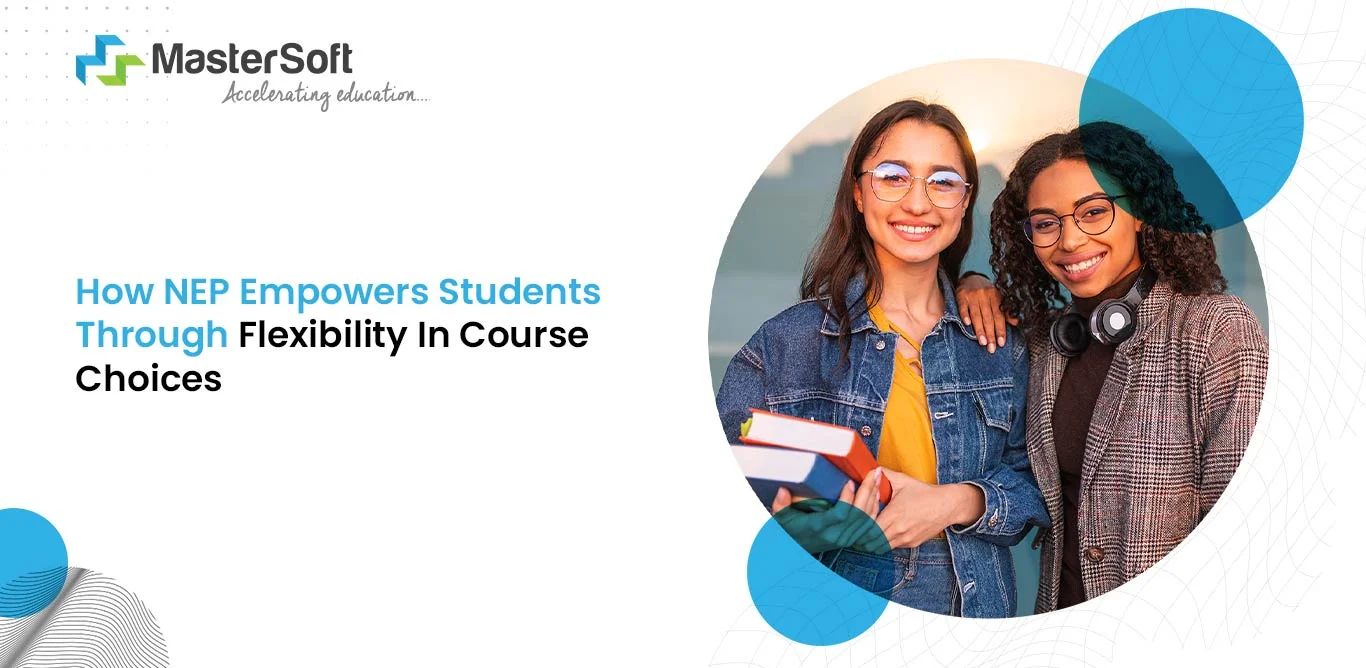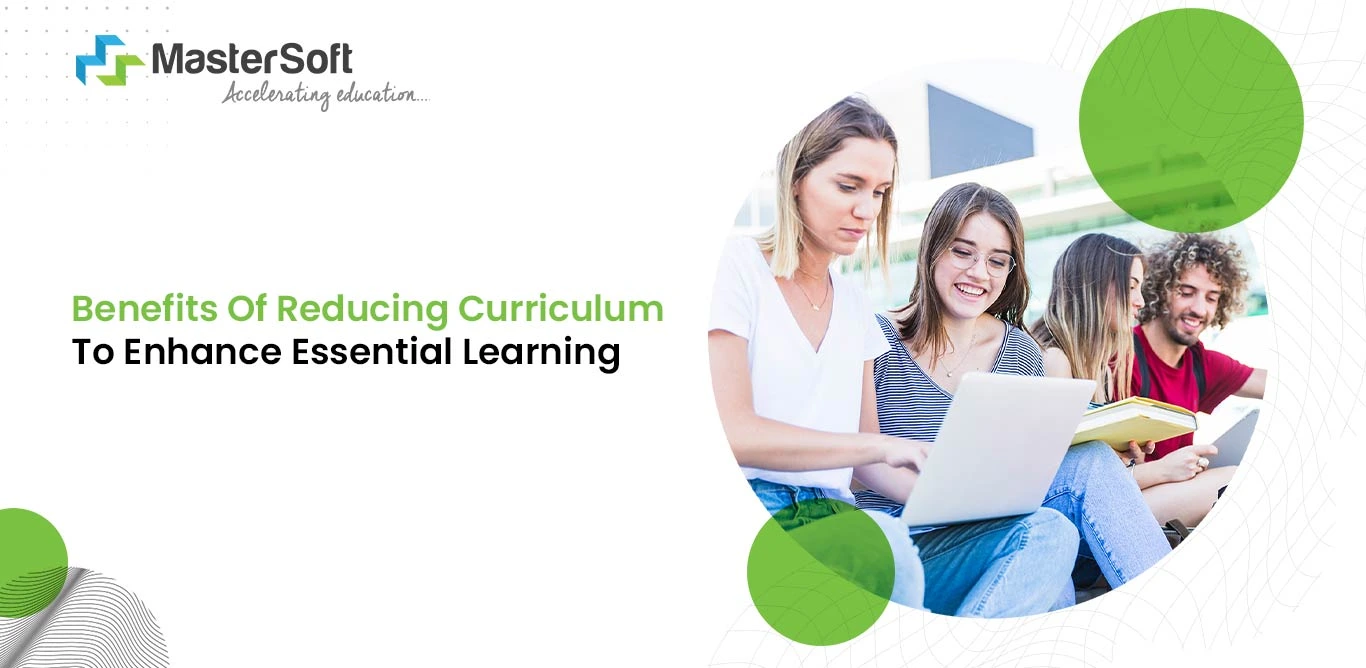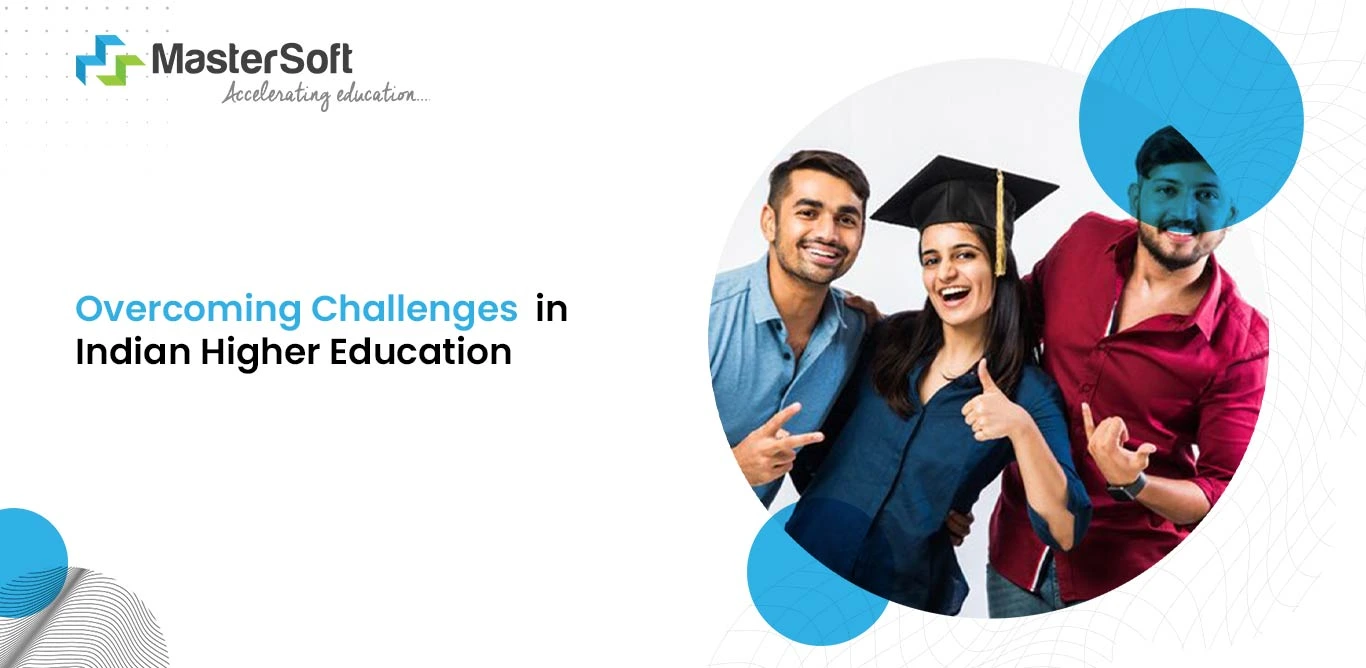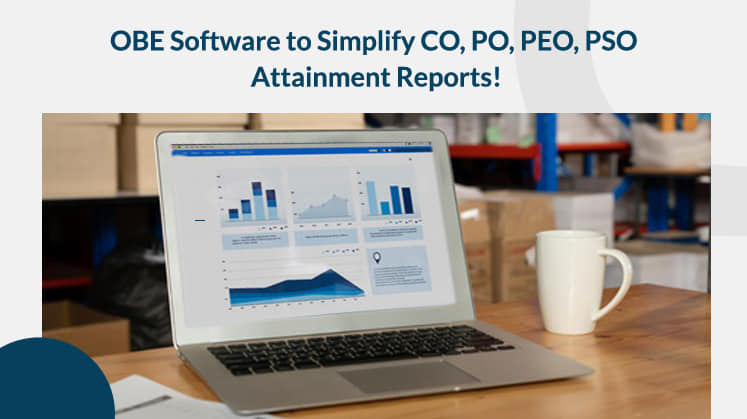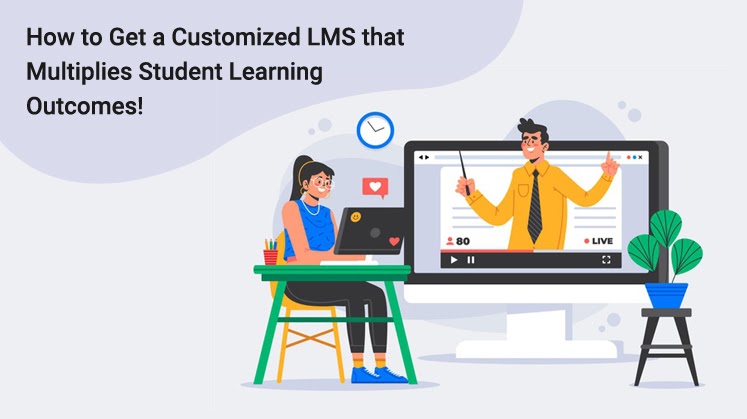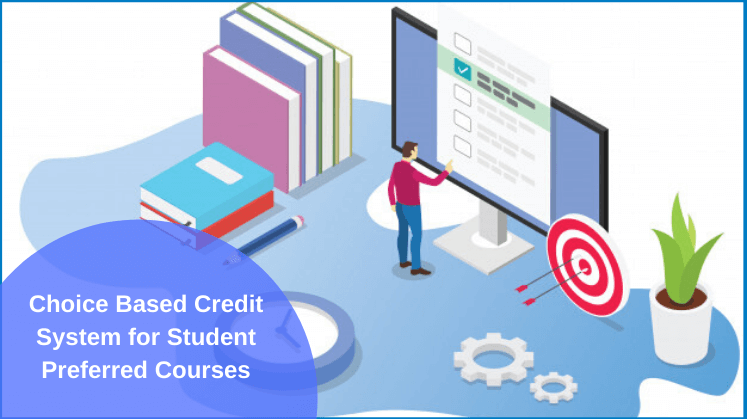Updated On | 17, July 2021
Outcome-based education (OBE) is an educational delivery model that focuses on mapping, measuring, and achieving predetermined educational goals to help students learn, develop, and nurture skills that would help them grow in their professional as well as personal life.
We usually follow the ‘constructive alignment’ process for building the curriculum for OBE. This term was given by Professor John Biggs in 1999. It means the process of creating a learning environment that encourages various learning activities to achieve the desired learning outcomes.
Let’s understand how the outcome based learning or the OBE model works.
Outcome Based Education Process - Step By Step OBE Process
#1: Institution’s Vision & Mission
Institutions need to decide a short-term goal as well as long-term goal in terms of students' learning outcomes, their personal growth, skill development, and institution’s overall performance. The vision & mission should be divided as per the departments first, so that the higher aim of the entire institution could be achieved within a specified time. Department can formulate its vision and mission in aligned with Institute Vision and Mission
Institutions can follow the given steps to define their vision & mission: department-wise.
- Brainstorming sessions with experts & experienced faculty of various departments
- Speaking to industry professionals and alumni batches
- Analyzing the opinions and deciding a solid plan of action
Once the vision & mission is clear, institutions need to focus on teaching-learning processes that provide the world-class education to their students.
#2: Establishing the Program Educational Objectives & Program Outcomes
Program Educational Objectives (PEOs): Program educational objectives (PEOs) specify the expected outcomes of students once they graduate, mostly the way they conduct their behavior & ethics and excel in their careers.
Here is a step-by-step approach to establishing the PEOs for institutions.
- Step1: Institutions need to consider the vision & mission statements and prepare a plan of action to achieve PEOs.
- Step2: Experienced faculty members and Head of the Department (HOD) must create a draft and share it across the departments.
- Step3: The points mentioned in the draft & processes that need to be implemented can be discussed for gaining approval of authorities.
- Step4: The final draft prepared after taking the views of everyone inconsideration should be presented to the Program Assessment Committee so that they can further forward it to the Departmental advisory Board.
- Step5: The Departmental advisory Board reviews the points and sends the draft to the Board of Studies and Academic Council for the final approval. Once the institution gets approval, they need to design a curriculum that can help students grow personally as well as professionally.
- Step6: Institutions need to analyze the student learning outcomes periodically to identify the learning gaps and rectify them.
Example of PEOs – Institutions may decide to work on the following PEOs –
- PEO1- Professional development of students
- PEO2- Problem solving skills
- PEO3- Industry-specific skills development
- PEO4- Creativity enhancement
#3: Establishing the Program Outcomes (POs)
Program Outcomes (POs): Program outcomes can be defined as the objectives achieved at the end of any specialization or discipline. These attributes are mapped while a student is doing graduation and determined when they get a degree.
Here is a step-by-step approach to establishing the POs for institutions.
- STEP 1: The Program Coordinator consults with the senior faculty members and prepares a draft mentioning the POs.
- STEP 2: The Program Coordinator also speaks to the students that belong to the Alumni batch, industry representatives, and various employers to understand the requirement of current industry & trends. On analyzing the views, he/she edits the draft and sends it to the Program Assessment Committee.
- STEP 3: The Program Assessment Committee reviews the draft and sends it to the Department Advisory Board to get the final approval from them.
- STEP 4: Department Advisory Board makes the final decision by moderating the draft.
The NBA (National Board of Accreditation) has mentioned 12 graduate attributes in their guidelines to attain the POs successfully.
- PO1: Knowledge
- PO2: Problem Analysis Capability
- PO3: Development & Designing of System
- PO4: Analyze & Solve Complex Problems
- PO5: Use of the Latest Tools & Devices
- PO6: Society’s Responsibilities
- PO7: Environment
- PO8: Ethics of Individual
- PO9: Teamwork & Individual Contribution
- PO10: Communication
- PO11: Finance & Management of Project
- PO12: Life-long Learner
Map And Evaluate Students' Performance & Meet The Learning Outcomes!
#4: Establishing the Course Outcomes
Course Outcomes (COs): Course outcomes are the objectives that are achieved at the end of any semester/year. For instance, if a student is studying a particular course then, the outcomes would be concluded on the basis of the marks or grades achieved in theory and practical lessons.
Example of COs -
- Course Name: English (180789)
- Course Code: 180789
On the successful completion of the English course, the students must be able to achieve-
- CO1: Remember
- CO2: Understand
- CO3: Apply
- CO4: Analyze
- CO5: Evaluate
- CO6: Create
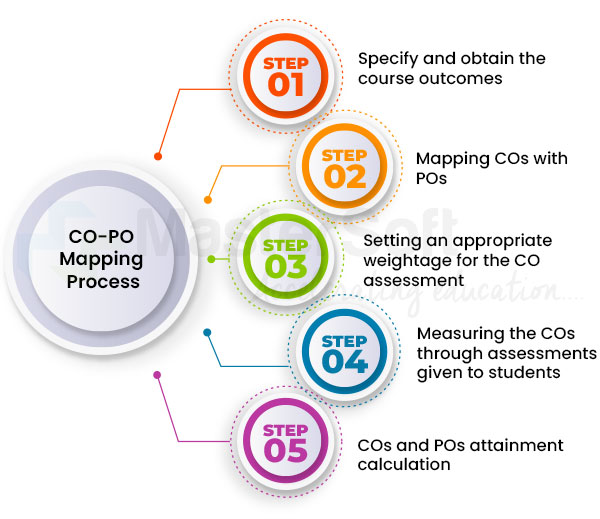
CO-PO Mapping Process
The co-po mapping process works as follows.
- STEP1: Specify and obtain the course outcomes
- STEP2: Mapping COs with POs
- STEP3: Setting an appropriate weightage for the CO assessment
- STEP4: Measuring the COs through assessments given to students
- STEP5: COs and POs attainment calculation
All-in-all, when we compare the outcome based education vs traditional education, OBE surely stands out and offers quality education. With the help of an outcome based education software, the CO-PO mapping process can be streamlined, simplified, and better results can be achieved!
The Beginner’s Guide To Outcome Based Education (OBE System)
You can read our OBE guide to explore more and in case of any queries or to schedule a FREE demo of the outcome based learning software, get in touch with us today!

